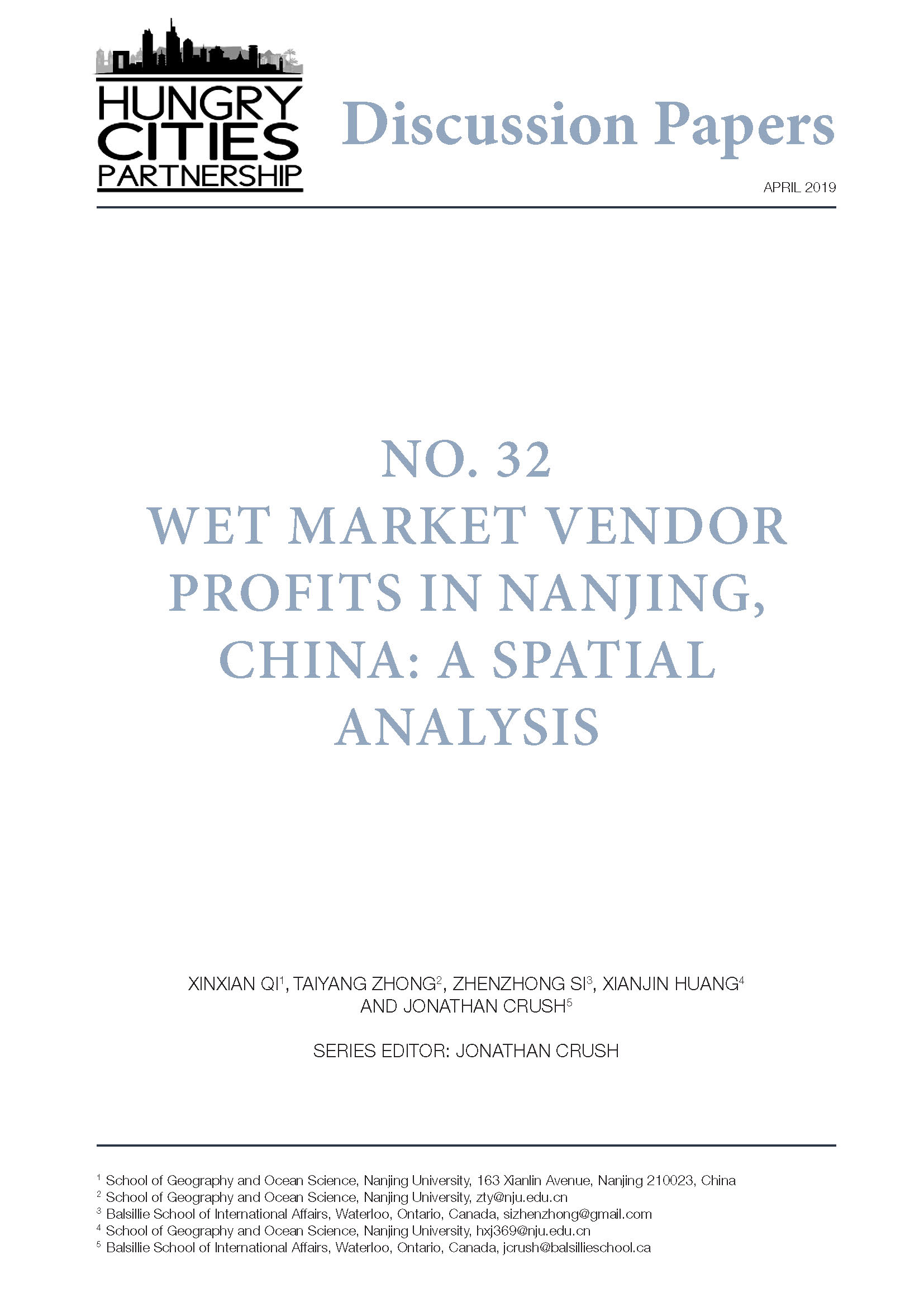Wet markets play an important role in urban food security in many Asian countries. Existing research pays more attention to the wet market food accessibility of urban residents and less on the business operations and profits of wet market vendors. Based on a survey of 1,119 small food enterprises in Nanjing, this study employs the spatial analytical method Geodetector to explore spatial variations in vendor profits in Nanjing. The study shows obvious spatial differentiation in the profits of wet market vendors across the city and draws several conclusions. Profitability is mainly related to the demographic features of vendors, their business expenses, and payment schemes. It is also related to broader socioeconomic factors at the district level, including local GDP, average income, urban infrastructure, and number of residential neighbourhoods. The characteristics of vendors and their businesses have a more significant relationship with business profit than district socio-economic factors. There is also a strong mutual enhancement effect among these factors. Almost all identified determinants of profitability are stronger in peri-urban than urban areas. Therefore, there is greater potential for increasing peri-urban vendors’ profits by changing these variables.

